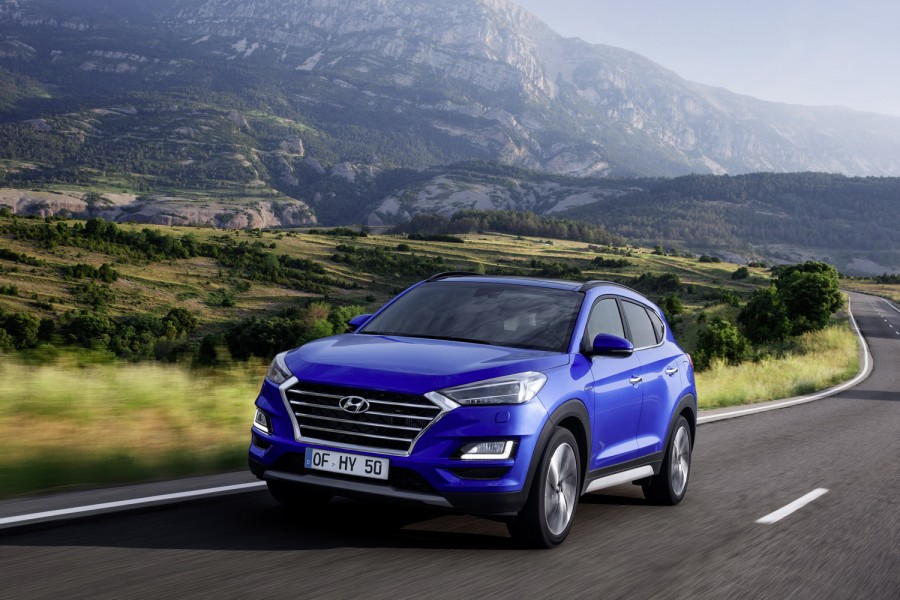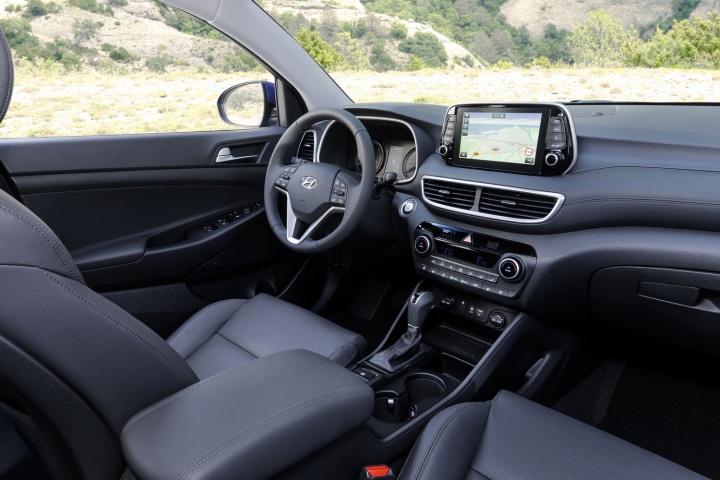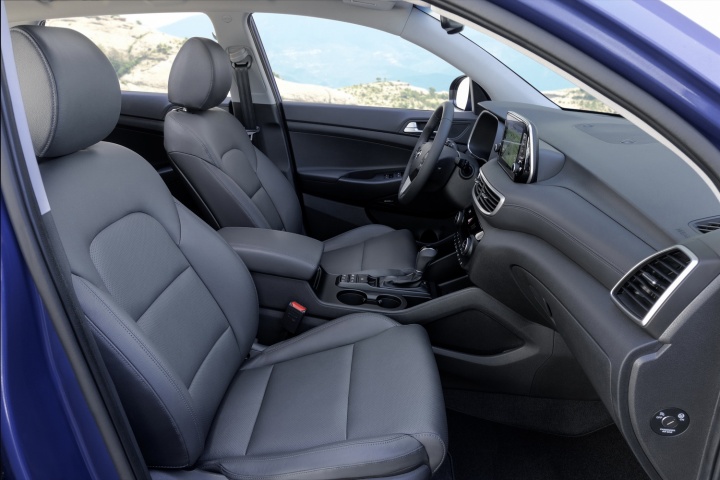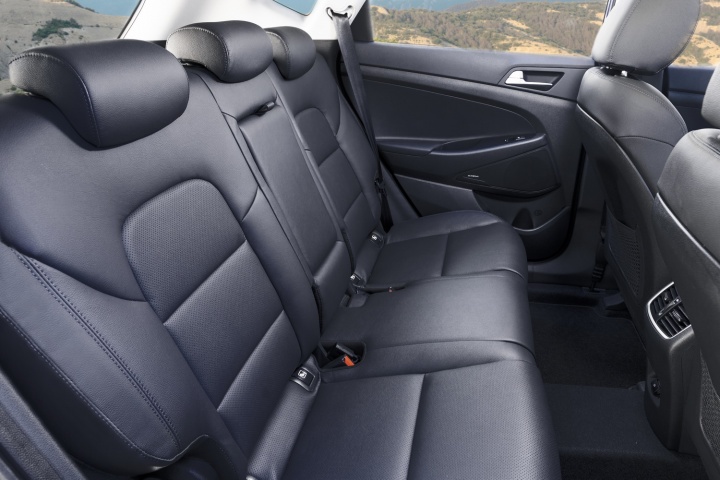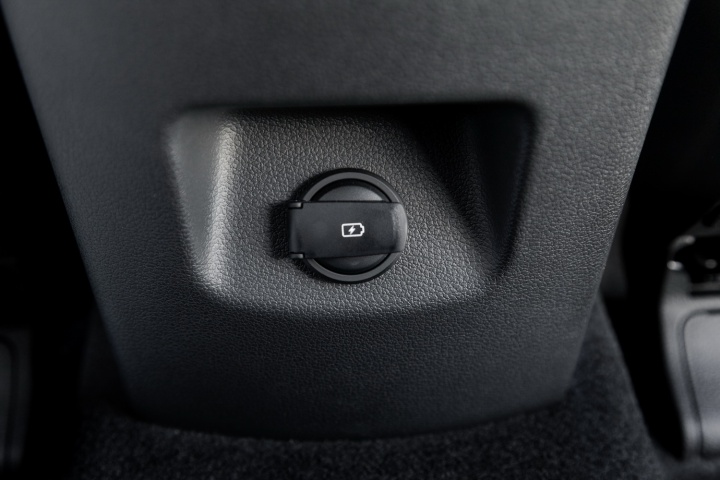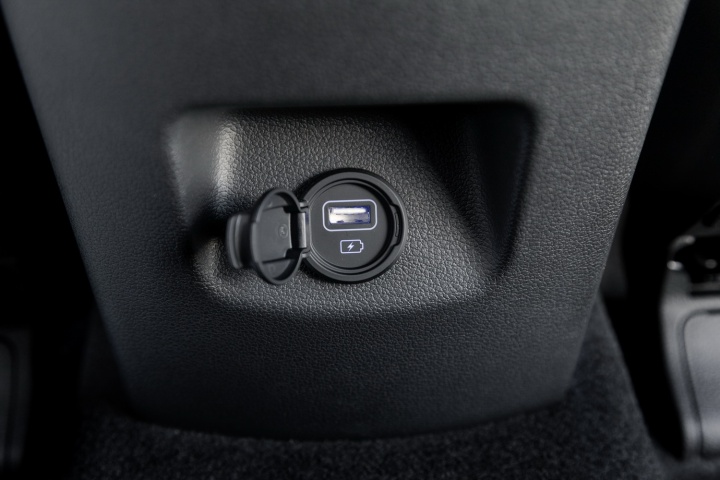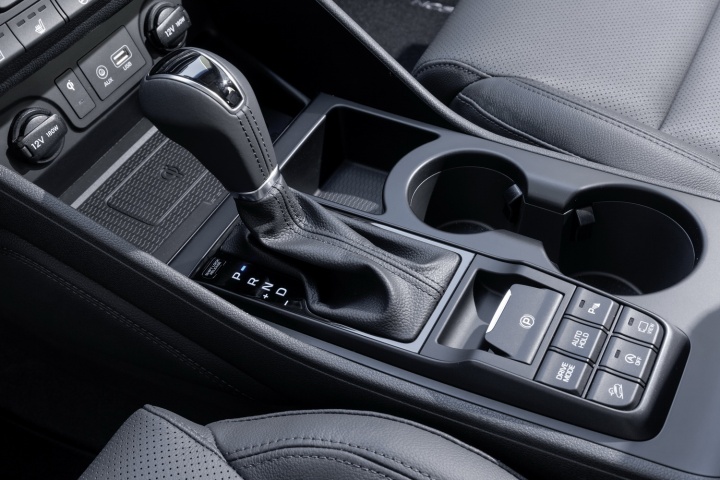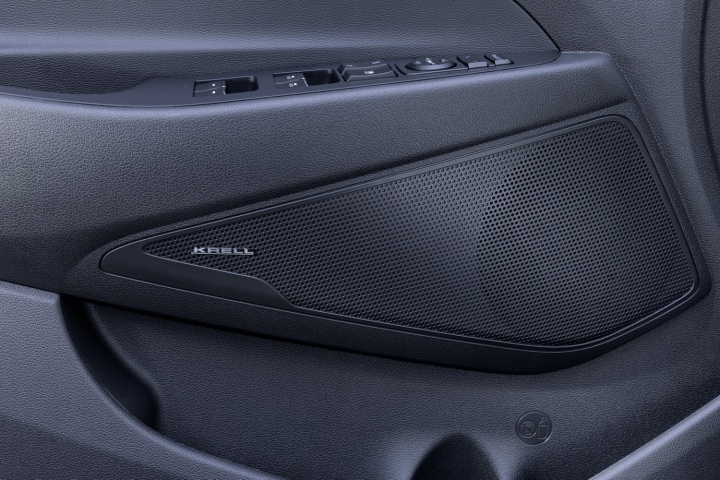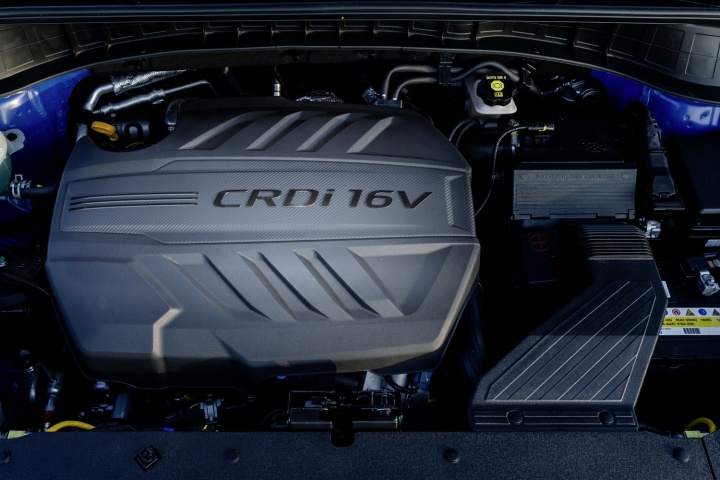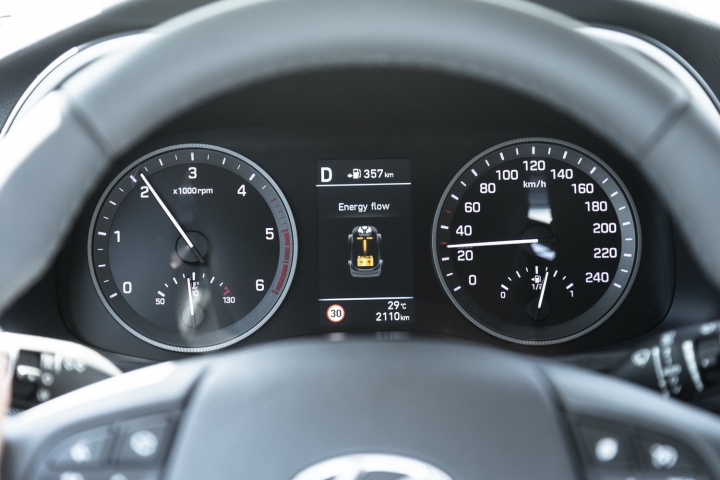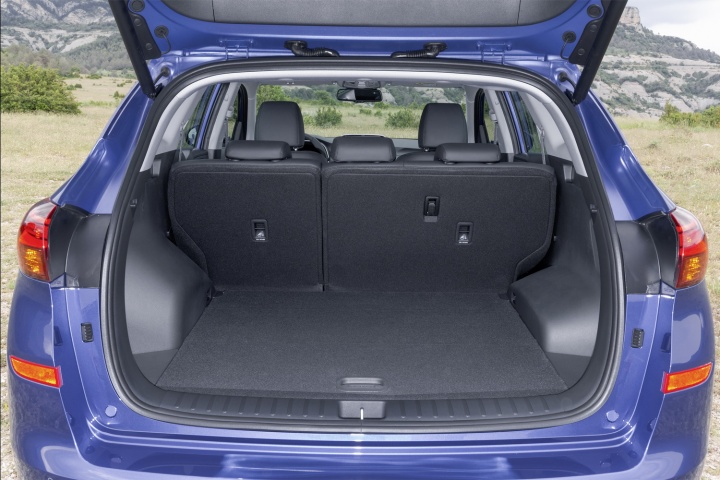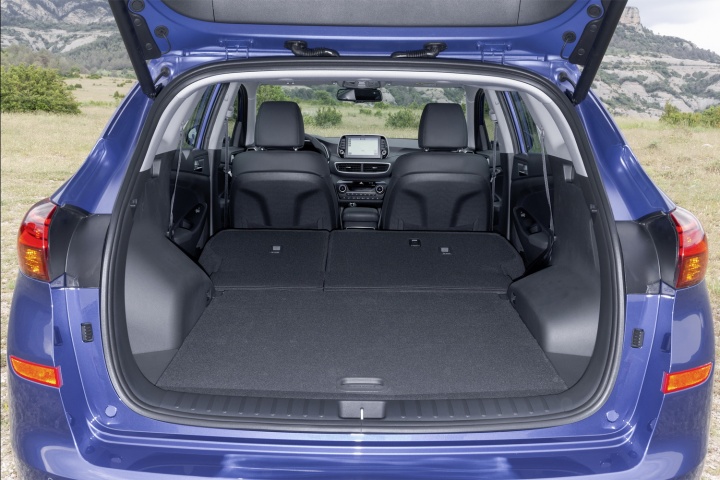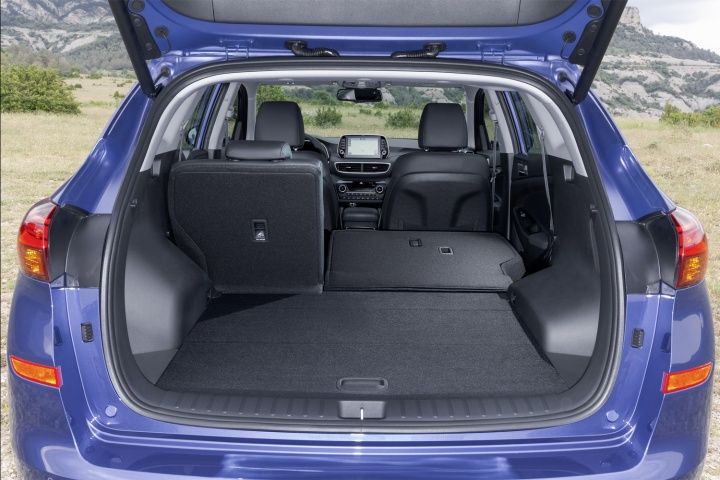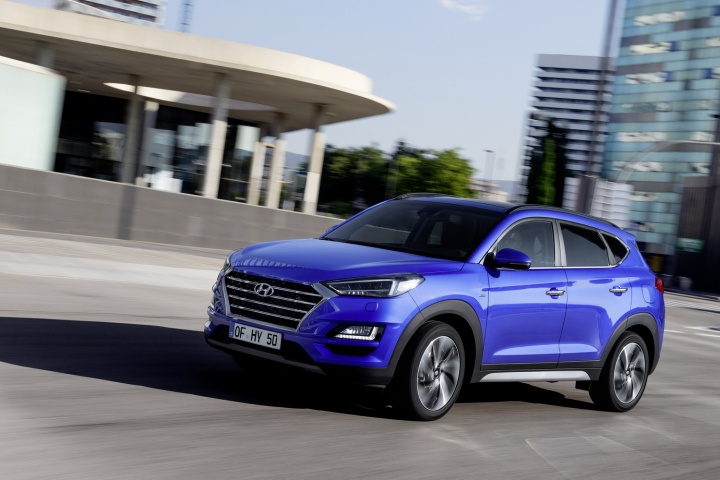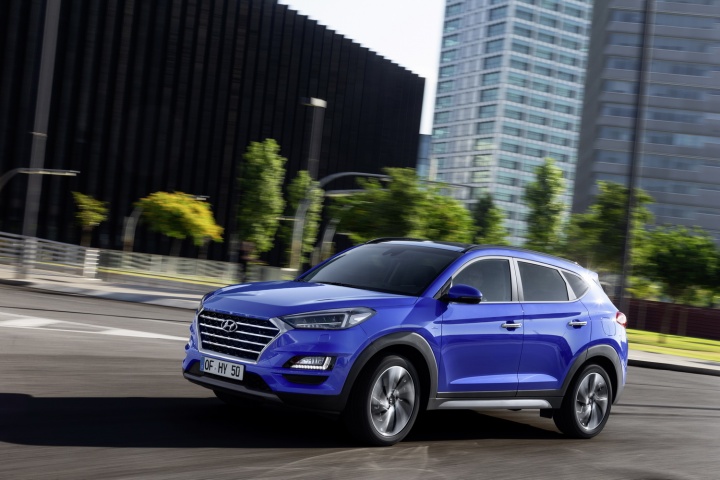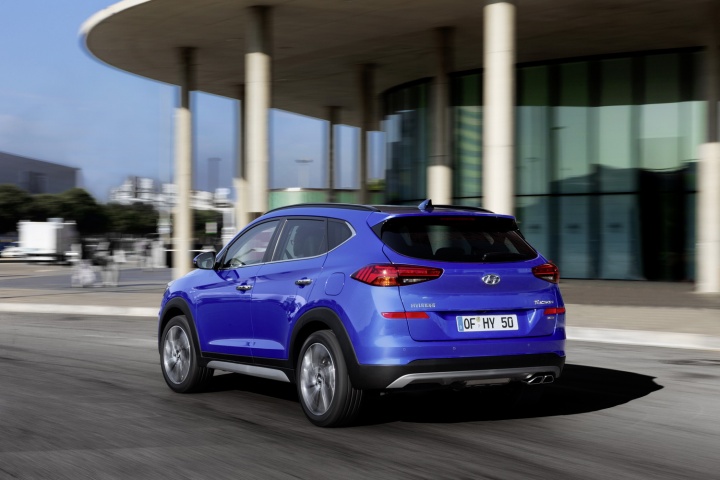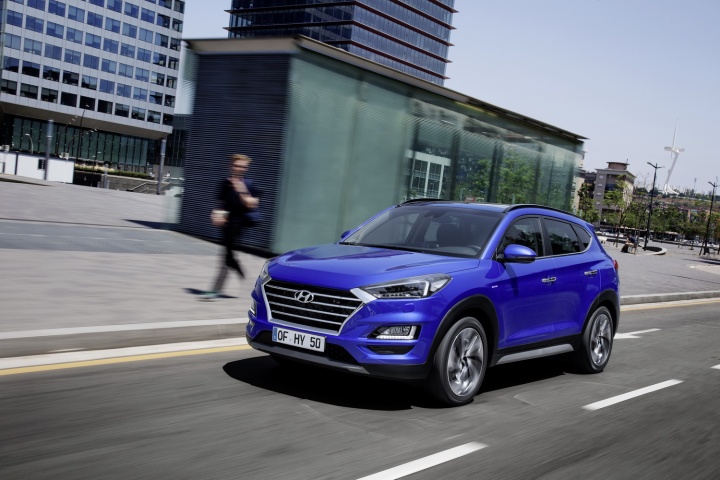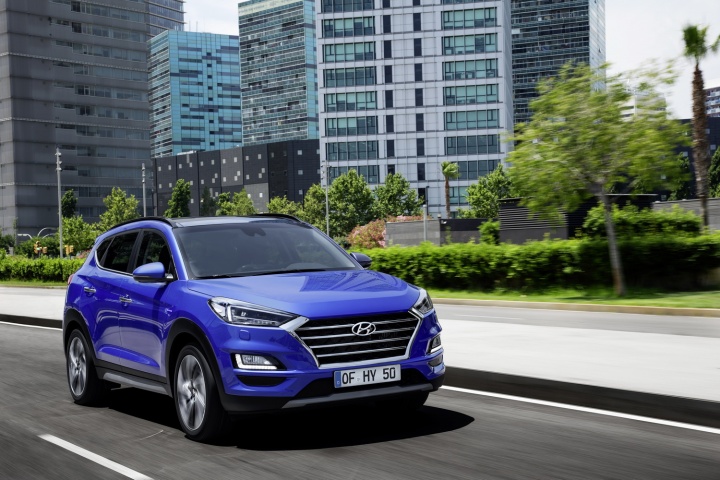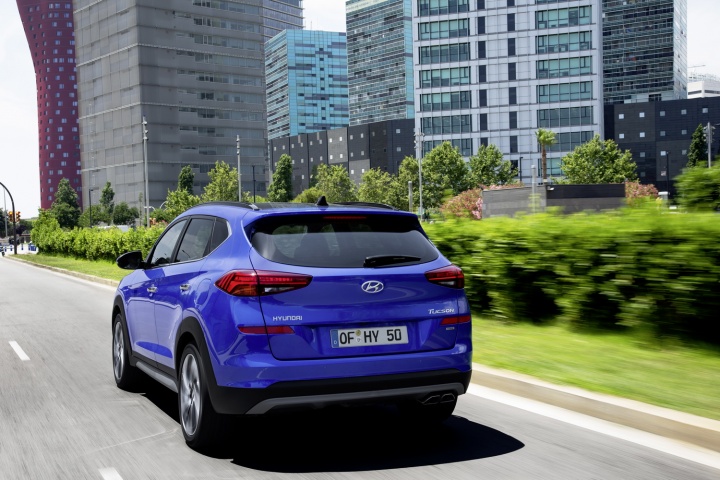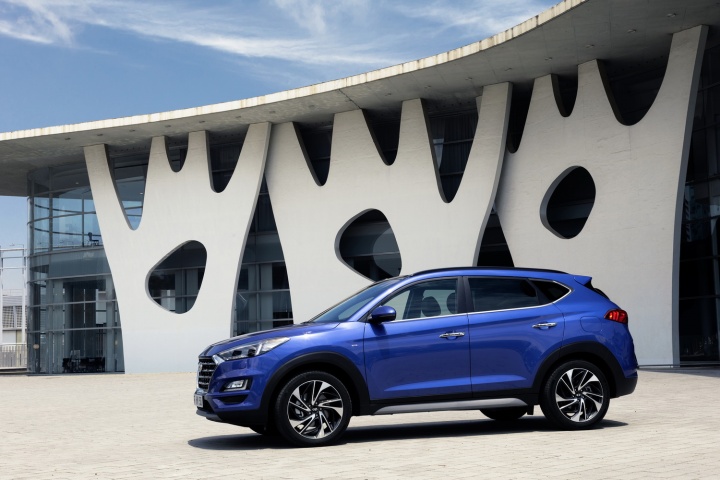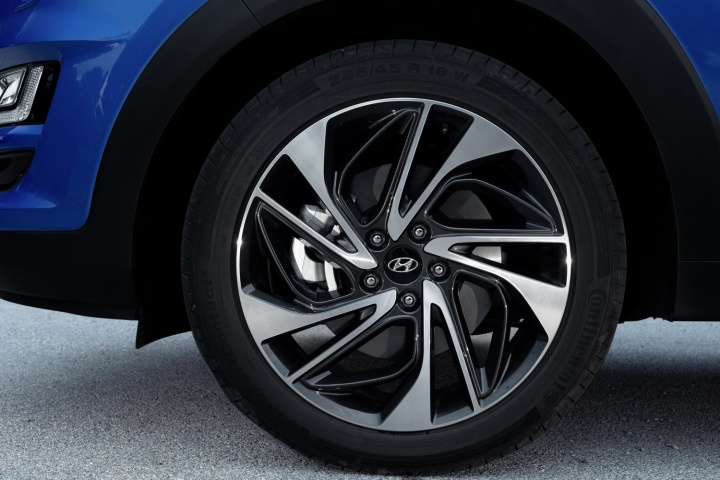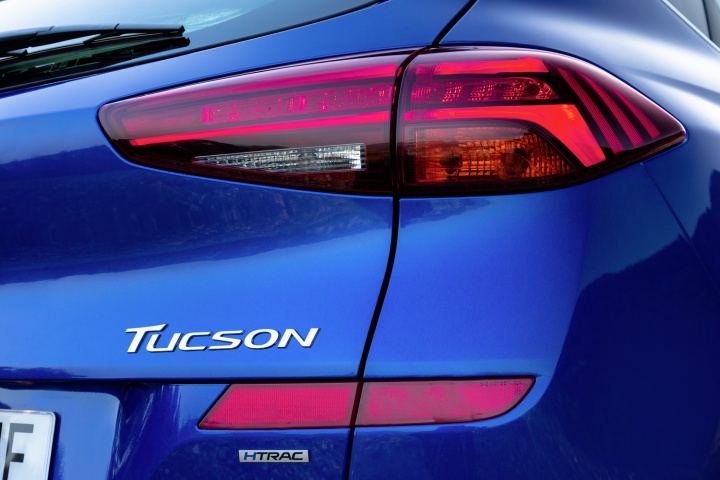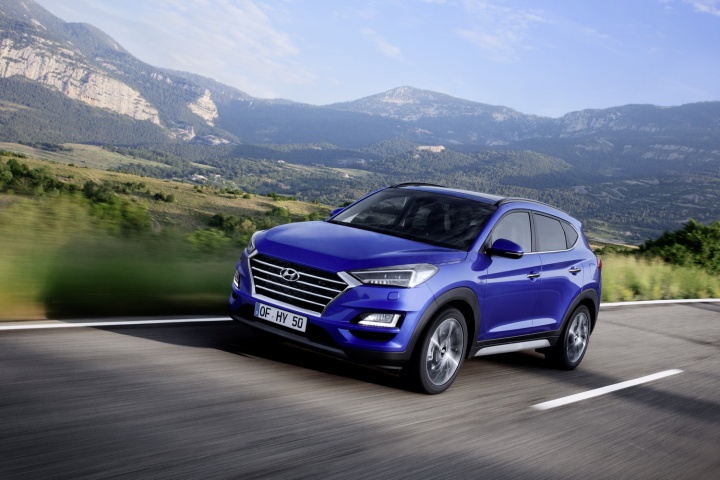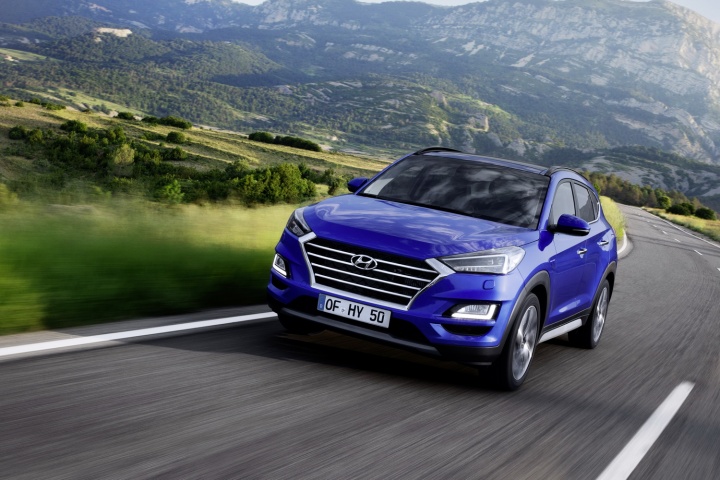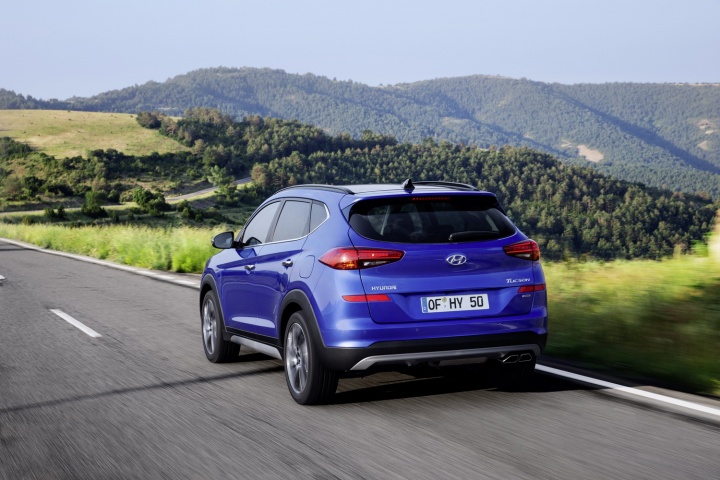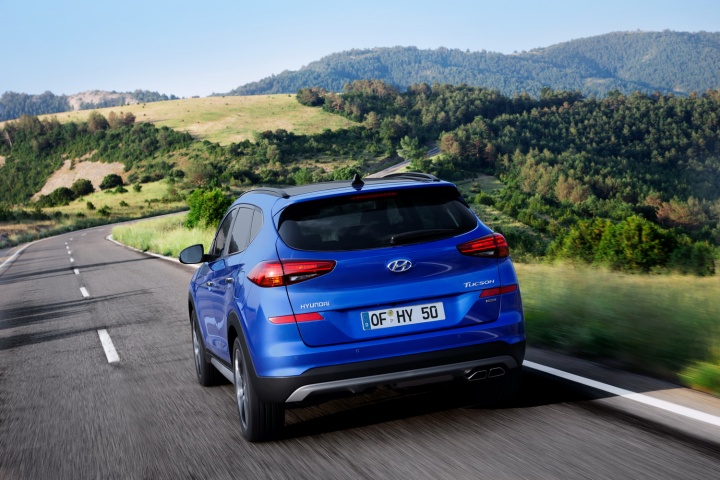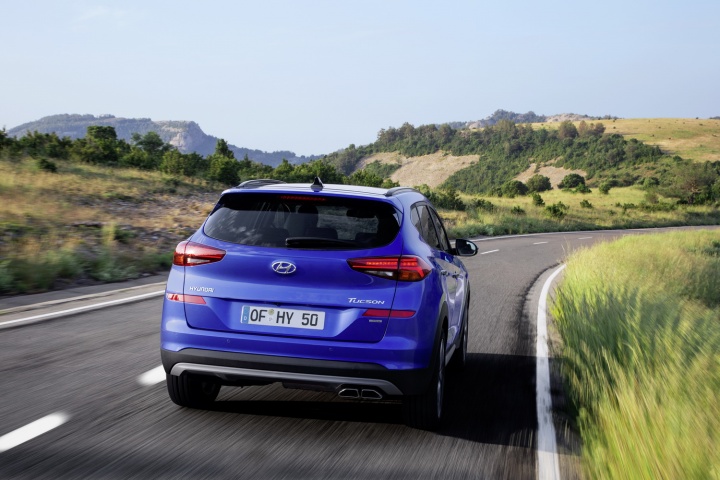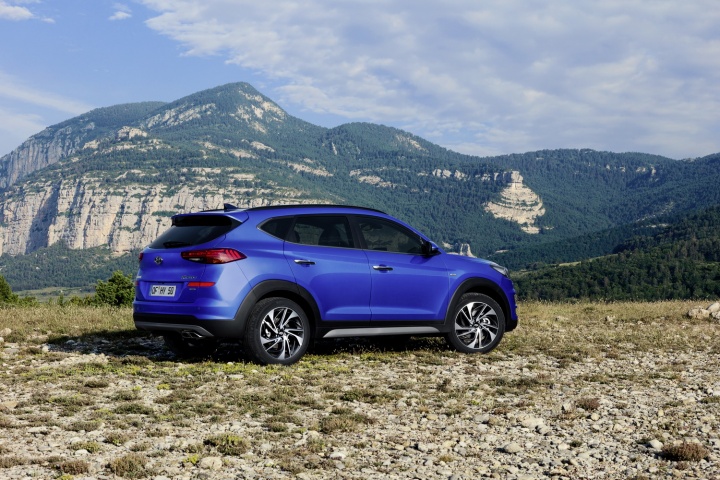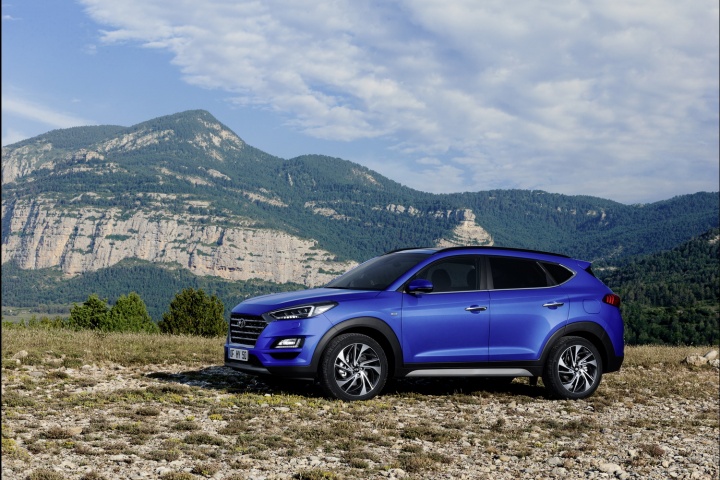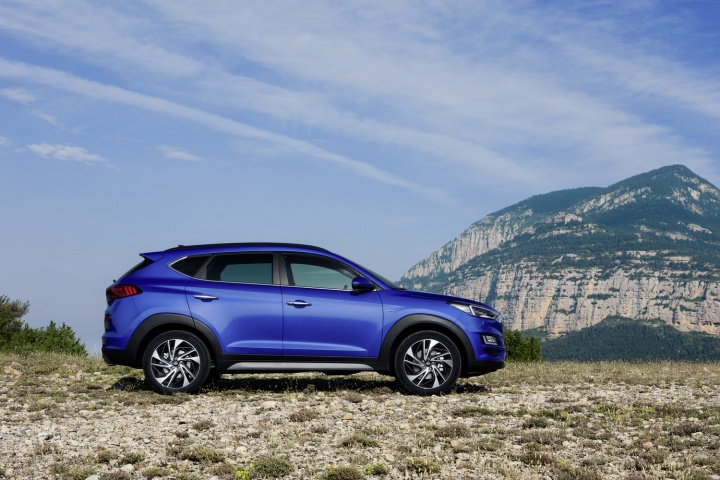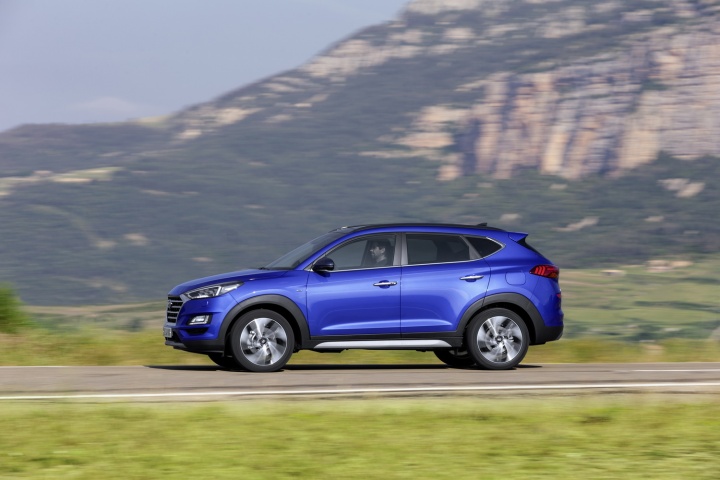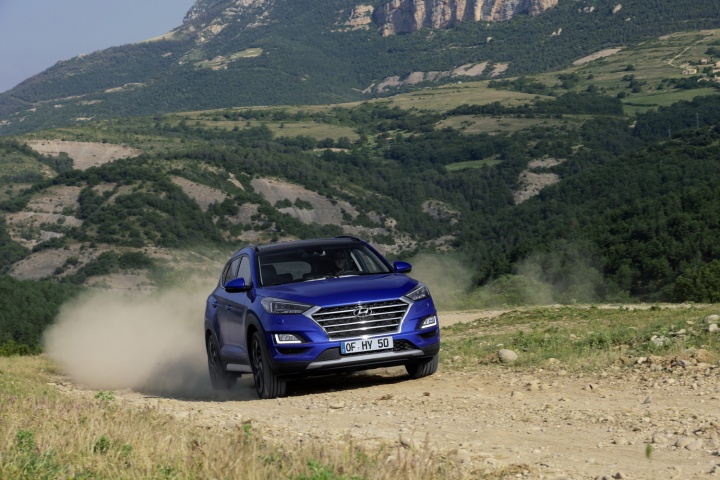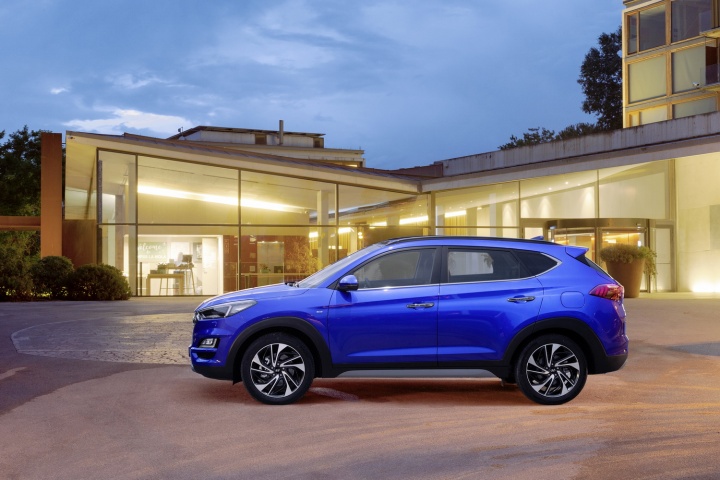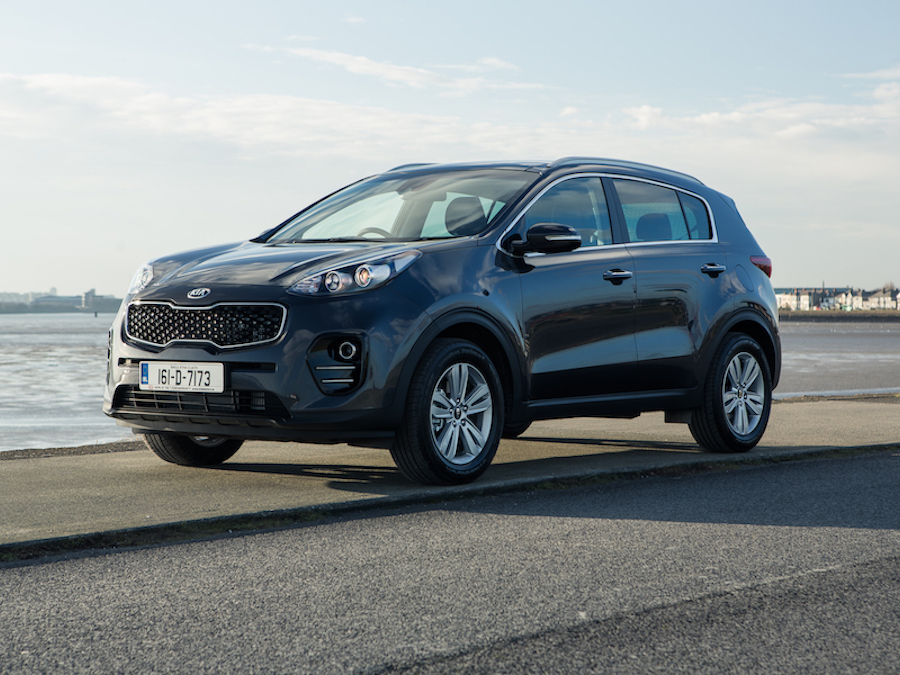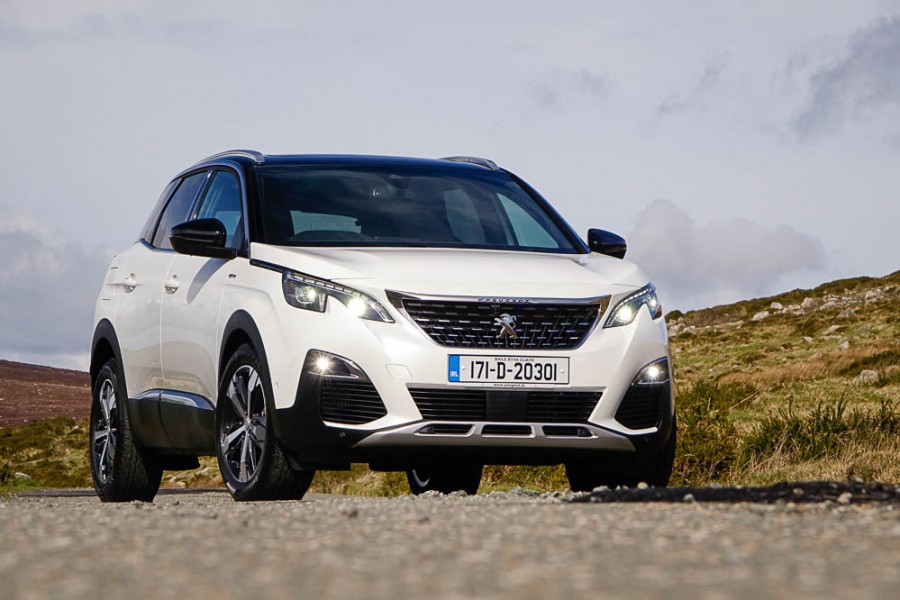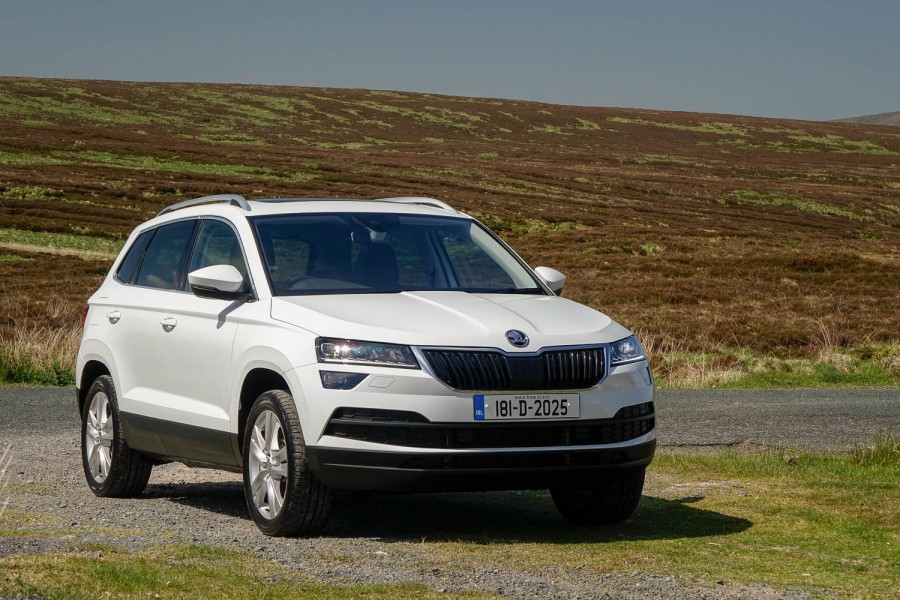Hyundai is updating its top-selling Tucson mid-sized crossover-SUV with fresh looks and equipment across the board, the introduction of two 1.6-litre diesel models and a mild hybrid range-topper, featuring 48-volt (48V) technology to help it make the most of its fuel reserves. Here we test-drive the intriguing part-electric Tucson.
In the metal
Hyundai's changes to the 2019MY Tucsons are limited, because, well, it doesn't need much. The Tucson is the spearhead of Hyundai's SUV assault, with more than 390,000 units sold in Europe alone since its launch just three years ago, enough of them in Ireland to earn it the top spot in the sales chart for an extended period. That's a quite phenomenal return for the Korean brand and it proves that its mid-sized crossover/SUV-thing has hit a nerve with the buying public. Maybe it's the marque's five-year, unlimited-mileage warranty. Maybe it's the Tucson's attractive styling. Maybe it's just that it's a fine machine that people really take to.
So, the new Tucson is spruced up here and there, and will arrive in time for the 191 registration in January to pick up where the pre-facelift model left off. Basically, there are new LED headlights, a redesigned 'Cascading Grille' in the Tucson's nose, refreshed bumpers fore and aft, a tailgate with some subtly different lines and creases, updated patterns for the 16- to 19-inch alloy wheels, a new twin-tip exhaust and combination rear lamps on the outside, and then some soft-touch materials and a 'floating' infotainment screen on the inside. The 'U3' 1.6-litre CRDi turbodiesel arrives, in 115- and 136hp outputs, the old six-speed automatic has been replaced by an up-to-date eight-speed automatic and the 2.0-litre CRDi model has become a mild hybrid.
Treading the same path along which Audi is determinedly stomping with its latest big models, Hyundai has bolted a 0.44kWh/48V lithium-ion battery, a Mild Hybrid Starter Generator (MHSG), a low-voltage DC/DC (LDC) converter and an inverter into the drivetrain of the top Tucson. All this lot allows the mild hybrid SUV, which has all-wheel drive as standard, to sip at its diesel a little more effectively. The MHSG adds 12kW during acceleration to reduce the motor's thirst, while the stop-start system can stop the engine for longer during periods of congested traffic flow. Back with the MHSG, it'll discharge the battery to reduce engine load with light acceleration or provide additional torque to the engine during strong acceleration. When coasting in gear or braking, energy is recuperated by the Tucson 48V to recharge its battery.
All very noble. And Hyundai's first mild hybrid vehicle to make it to showrooms, no less, so the Tucson 48V is a standard-bearer. But, on paper, the gains look nominal. Certainly, in terms of power and torque, Hyundai claims no advantages at all - the 2.0 CRDi makes the same 185hp and 400Nm as it ever did, resulting in precisely the same stats for 0-100km/h and top speed as the previous, 'plain' 2.0-litre diesel Tucson. However, the eco-numbers have changed, from 43.5mpg (6.5 litres/100km) and 170g/km CO2 formerly, to 49.6mpg (5.7 litres/100km) and 151g/km now. That's enough to shove the Tucson 48V down a band for road tax, saving €180 a year in this country - so does that convince us to tell you to buy one? Time to drive the Hyundai and find out.
Driving it
Unsurprisingly, this drives a lot like the old 2.0-litre CRDi Hyundai Tucson. In fact, it drives almost identically to the pre-facelift 2.0 CRDi Tucson, only it's 30kg heavier thanks to the electrical components on board. Whereas in the aforementioned 48-volt Audis, they strive their hardest to switch the combustion engine off and coast for regular periods of time to reinforce your feeling of self-worth at saving the planet, drop by painstaking drop of automotive fuel, the Tucson does no such thing. So, for the majority of the time behind its wheel, you're singularly unaware that you're in a hybrid.
Apart from when it comes to ride quality, which is a little more unsettled than we remembered the old 2.0 CRDi to be. And the steering, which feels needlessly heavy at times. And on the brakes, where the Tucson seems to take quite a bit more stopping when approaching junctions and roundabouts - like 30 kilos is only half the story of its electric-related weight gain. In fact, we drove the Tucson 48V and got out of it thinking Hyundai might have been better off just leaving the diesel engine alone. Not the outcome the Korean firm was after, we're sure.
Which is not to say that the updated Tucson is bad, because the 2.0 diesel engine is smooth and much of what the Hyundai did well pre-facelift is preserved. And then, later in the day, we tried an automatic version of the new 136hp 1.6-litre diesel... and realised that this was a far preferable iteration of the 2019MY Tucson than the headline-stealing 48V model.
What you get for your money
The facelifted Hyundai Tucson will be a 191-plate model for Ireland, so prices and specifications aren't yet confirmed. But we know from other markets that the 48V model is not cheap. And, by 'not cheap', we mean quite expensive compared to its facelifted Tucson stablemates. Among whose number are the new 'U3' CRDi 1.6-litre diesel models - and, having driven the 136hp version of that unadorned diesel in the 2019MY Tucson, we can't help but wonder why on Earth you'd bother splashing out so much more money on the underwhelming mild hybrid flagship...
Summary
The actual big story here, regarding the electrification of the big-engined diesel Hyundai Tucson, is not the one you want to focus on. Put thoughts of the dispiriting hybrid model out of your mind and focus on the rest of the Hyundai crossover-SUV package - specifically, the new 1.6-litre diesel engines and the discreetly smoothed-over looks of the Tucson. The 1.6 diesel motors, in particular, are hugely impressive and only serve to enhance the Tucson's pre-existing characteristics of good ride comfort, excellent noise suppression and thorough ease-of-use. Thus, there's a great mid-sized family machine to be had here. It's just not the one with the '48V' badge on its front wings.

